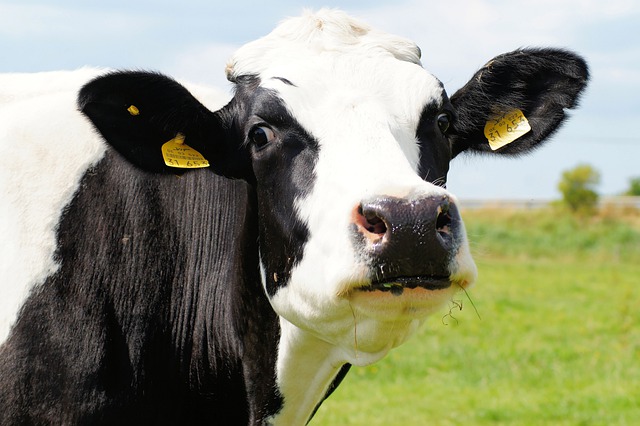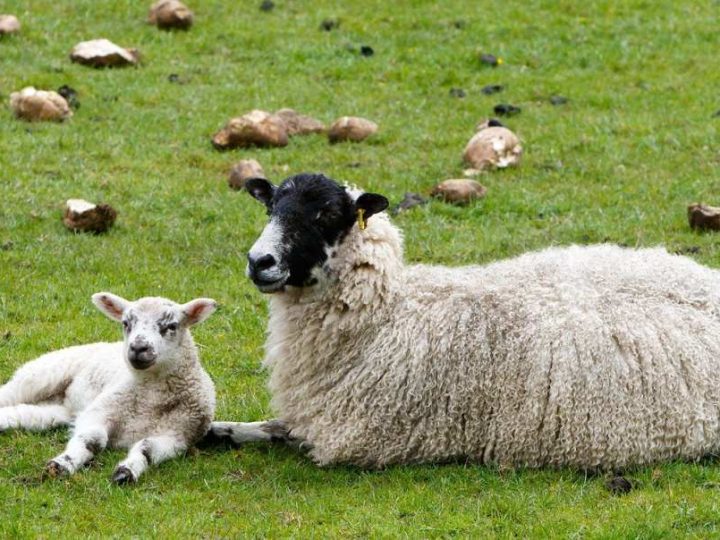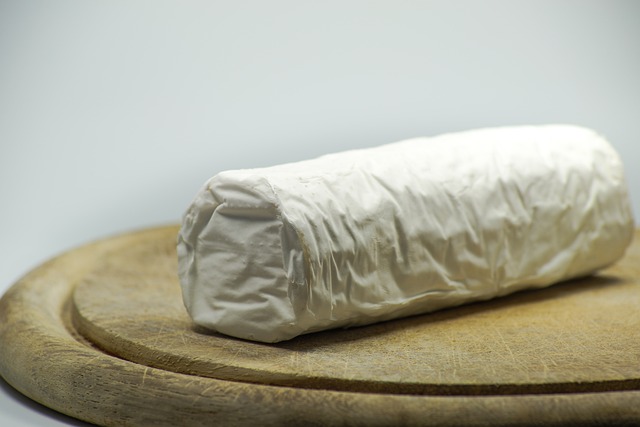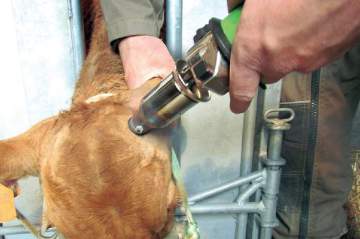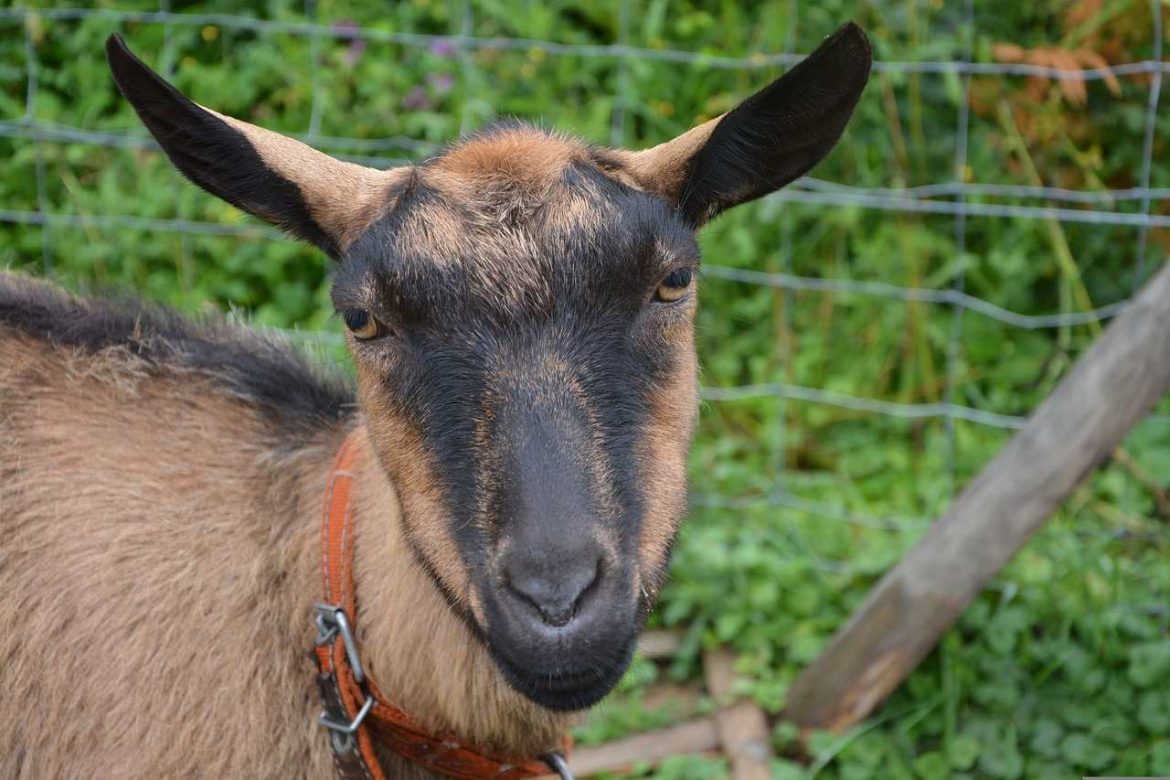
France is one of the world’s leading countries in terms of goat milk production. In France, the estimated number of goats is 820,000. France ranks fifth in the world with an annual production of nearly 643 million liters. In addition, French goat breeders have 10 % of the European Union’s population, but they represent 30 % of the production.
2 breeds totally dominate the French dairy goat breeding
The Alpine and Saanen breeds dominate French dairy goat breeding. The former represents 55 % of the national herd, the latter 42 %. To achieve the highest genetic quality, a national system of these breeds is entrusted to France Génétique Élevage.
Thanks to state-of-the-art selection tools, goat breeders have access to seeds and breeding stock of exceptional genetic and sanitary quality.
Increasing milk production as an objective
The objective for France is to continue to increase milk production while improving milk quality. That is why the functional morphology of goats is given special attention.
In order to maintain milk quality, mammary morphology is an essential selection criterion. The goats must be able to graze and the milking time must be optimized. To this end, selection factors include breast profile, floor height, and quality of the rear attachment, among others.
The breeders are keen to preserve the fertility and precocity of the goats, without reducing their longevity.
A drastic selection for males
Nearly 300,000 dairy goats are under control, more than 150,000 animals are observed to serve as a basis for selecting the Alpine and Saanen breeds. The use of artificial insemination is very frequent and is completed by the organization of reasoned matings.
France Génétique Élevage is constantly working on genomic information to guide the choice of male breeders. The top 1,100 females selected as “billy goat mothers” are currently achieving exceptional performance, with a controlled average lactation of over 1,200 kg per year.
The billy goats selected for reproduction are subjected to drastic controls that evaluate their sexual behavior, as well as their semen production in terms of quality and quantity. Finally, tests are conducted to verify the ability of their seed to withstand freezing.
The progeny of the best bucks is then analyzed, taking into account an average of 200 inseminations. The goats descending from each buck pass the mammary morphology and milk production controls.
At the end of these evaluations, only 30 to 40 billy goats are selected each year and approved for distribution by frozen semen insemination. These genetic evaluations are recognized by the State and managed by INRA (Institut National de la Recherche Agronomique).
Exceptional genetic progress
The drastic selections made give rise to exceptional genetic progress which leads to a large quantity of milk of remarkable quality. In 10 years, goat breeding has increased the average lactation of the Saanen and Alpine breeds by 125 kilos, thanks to their genetic improvement alone.
Over 50% of the goats raised by breeders are goats that have been artificially inseminated. Their average lactation is 25 % (190 kg) higher than those with little or no use of genetically selected breeding stock.
As a proof of the quality of the French breeding stock, each year their seeds are marketed in more than 25 countries. They are used in pure breed but also in crossbreeding with local breeds.


